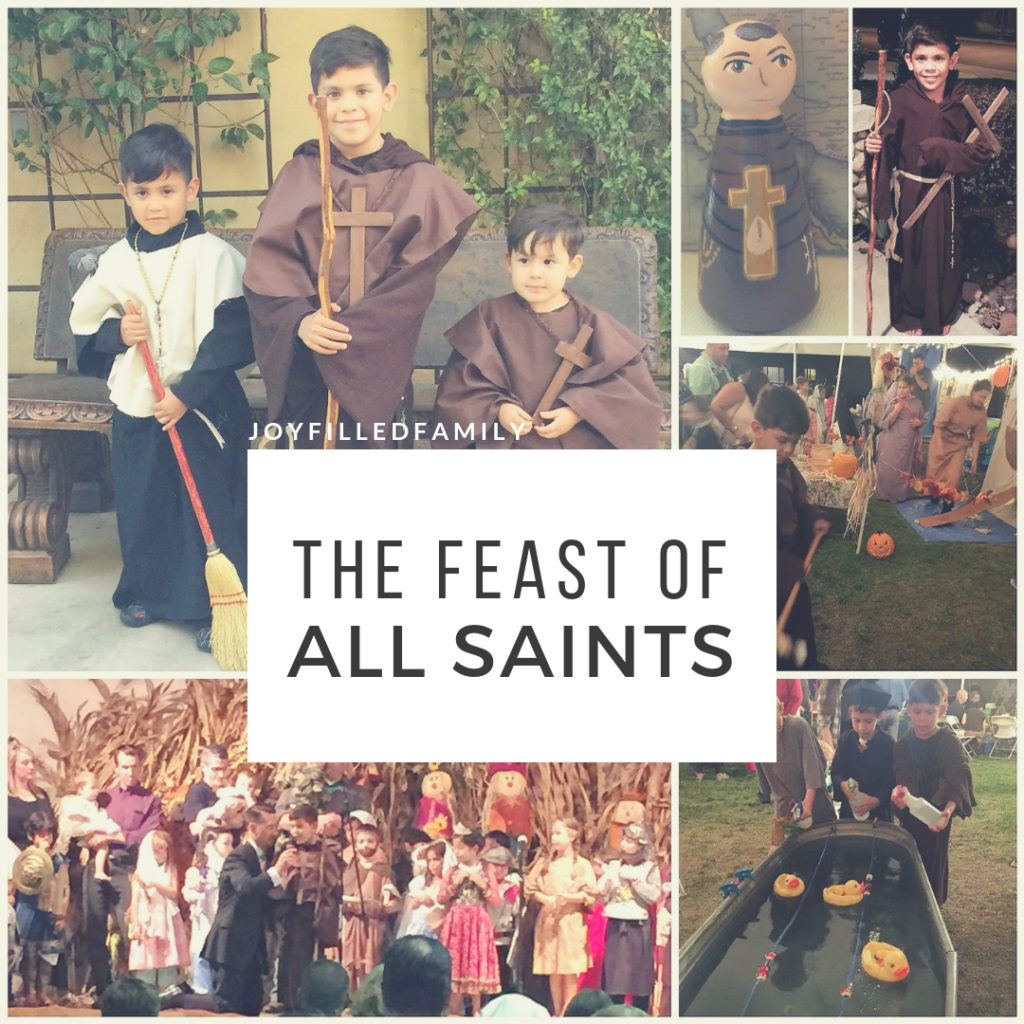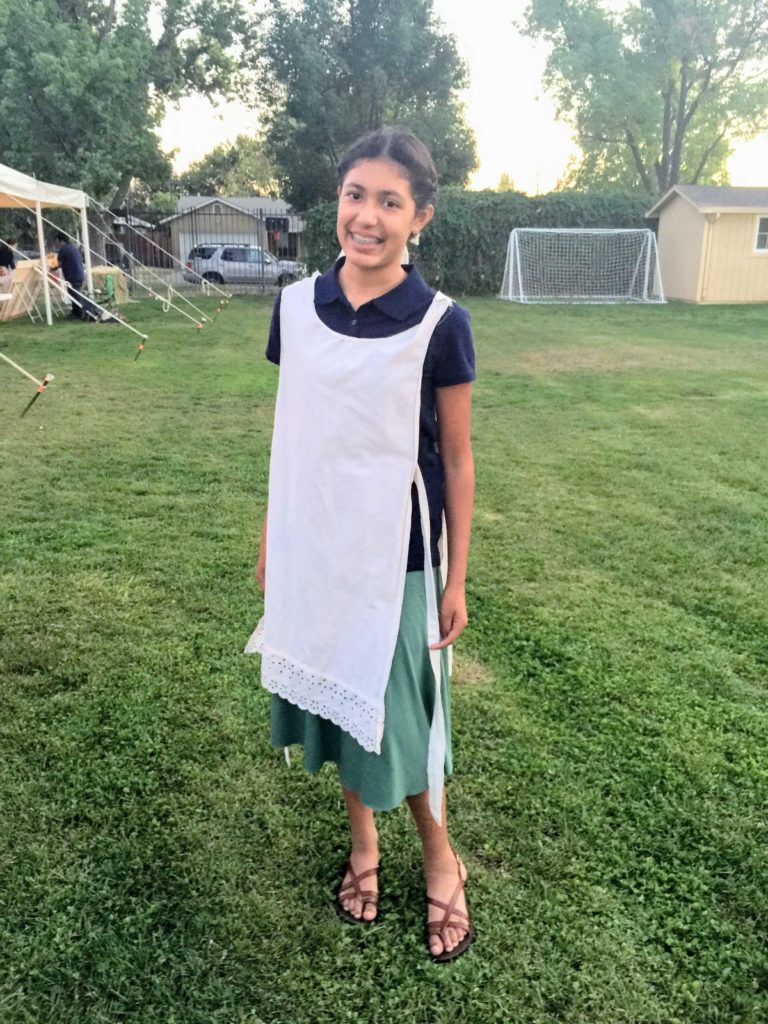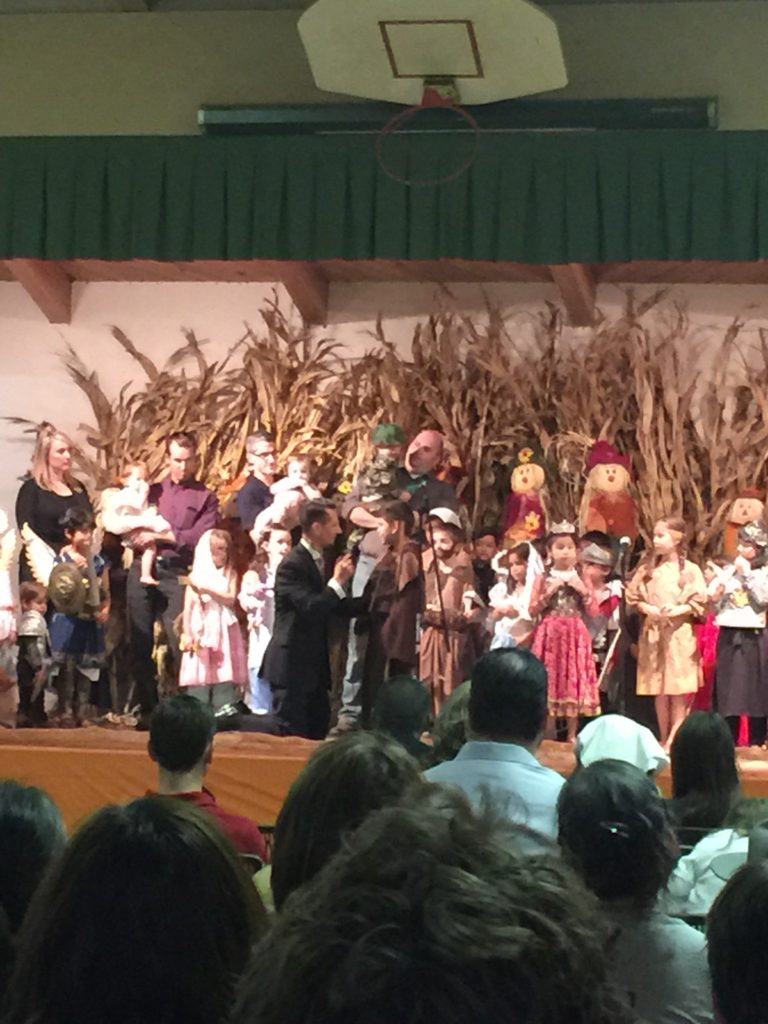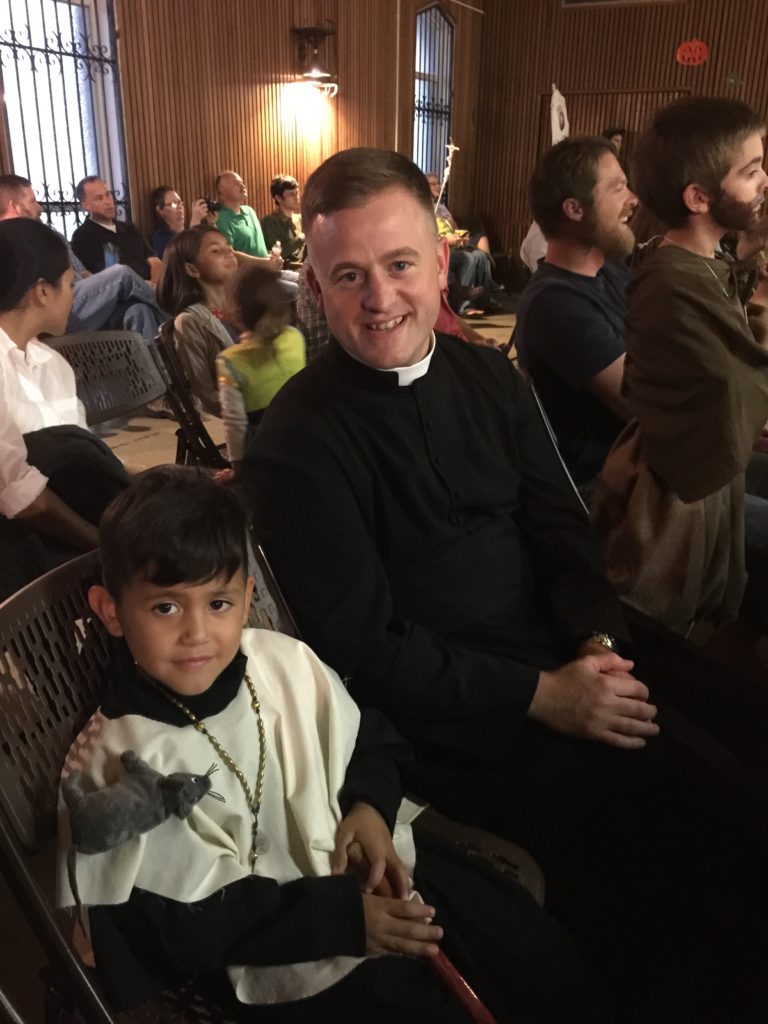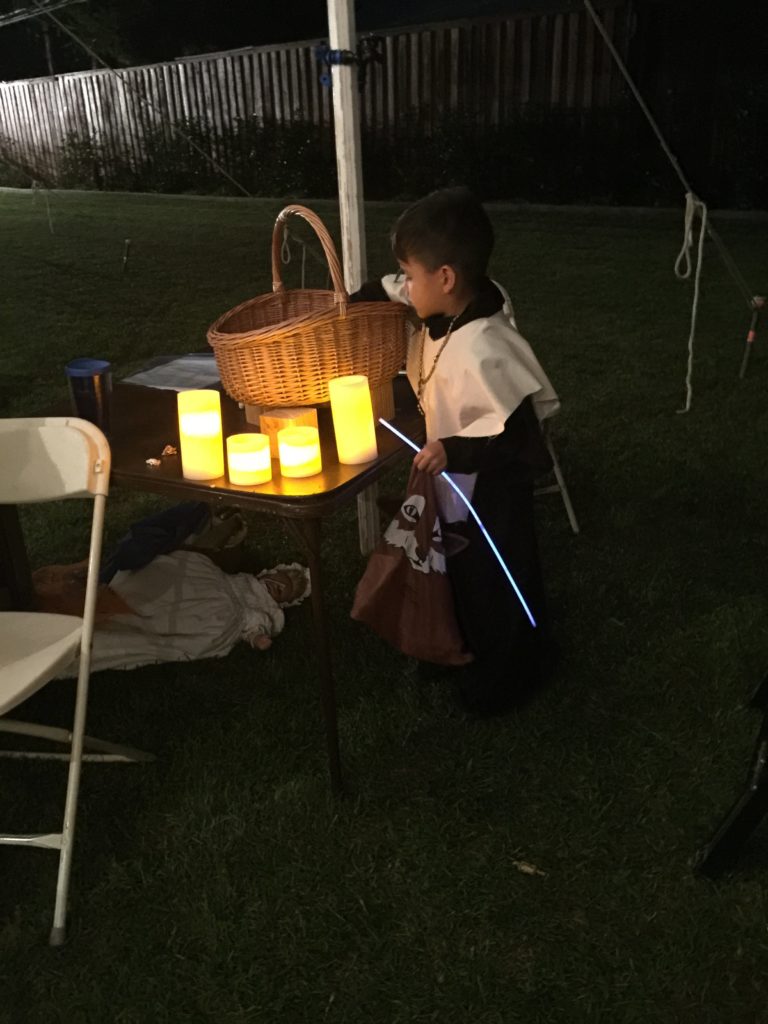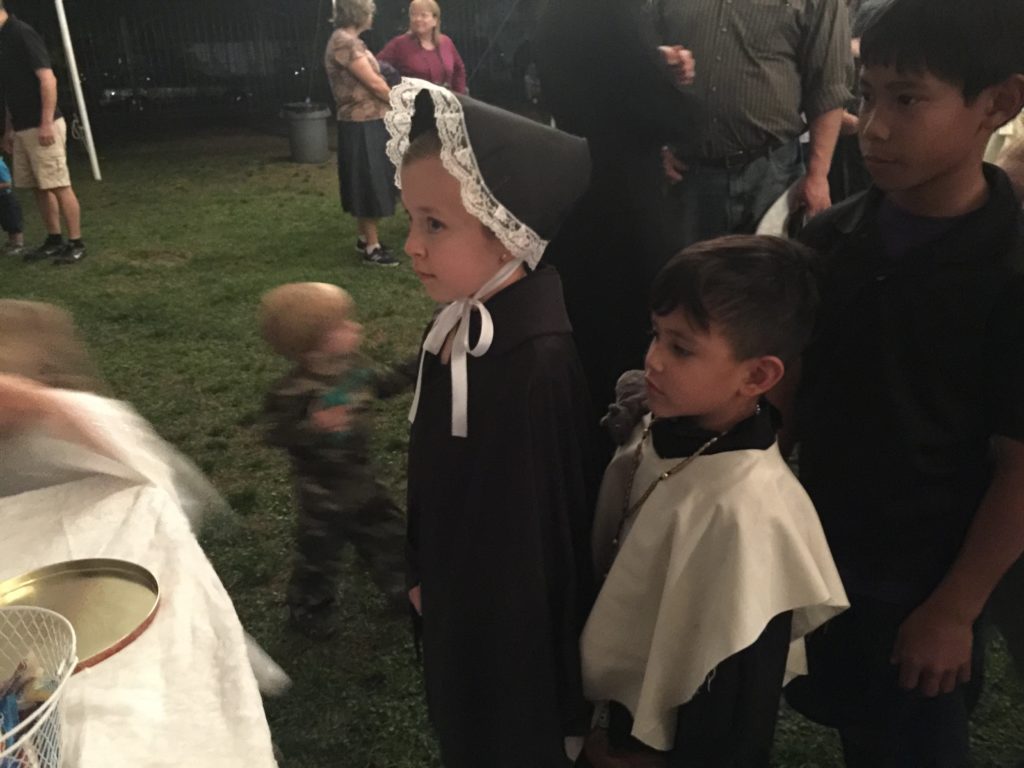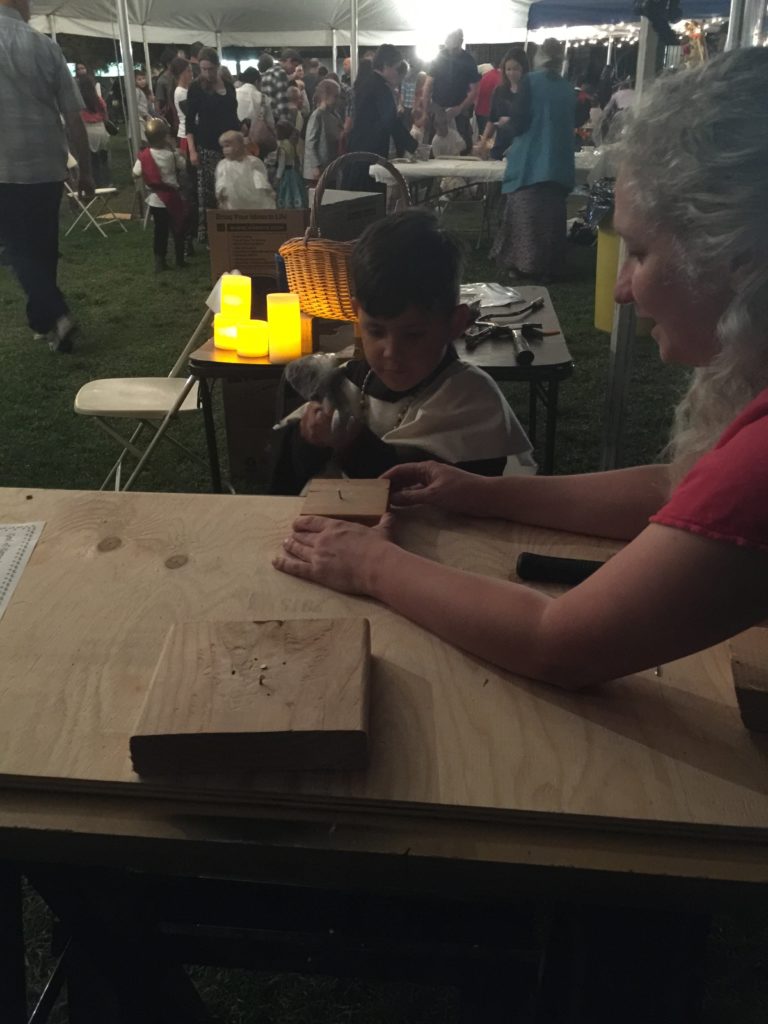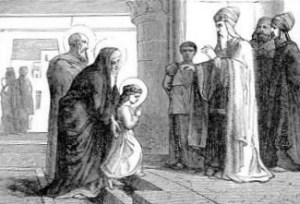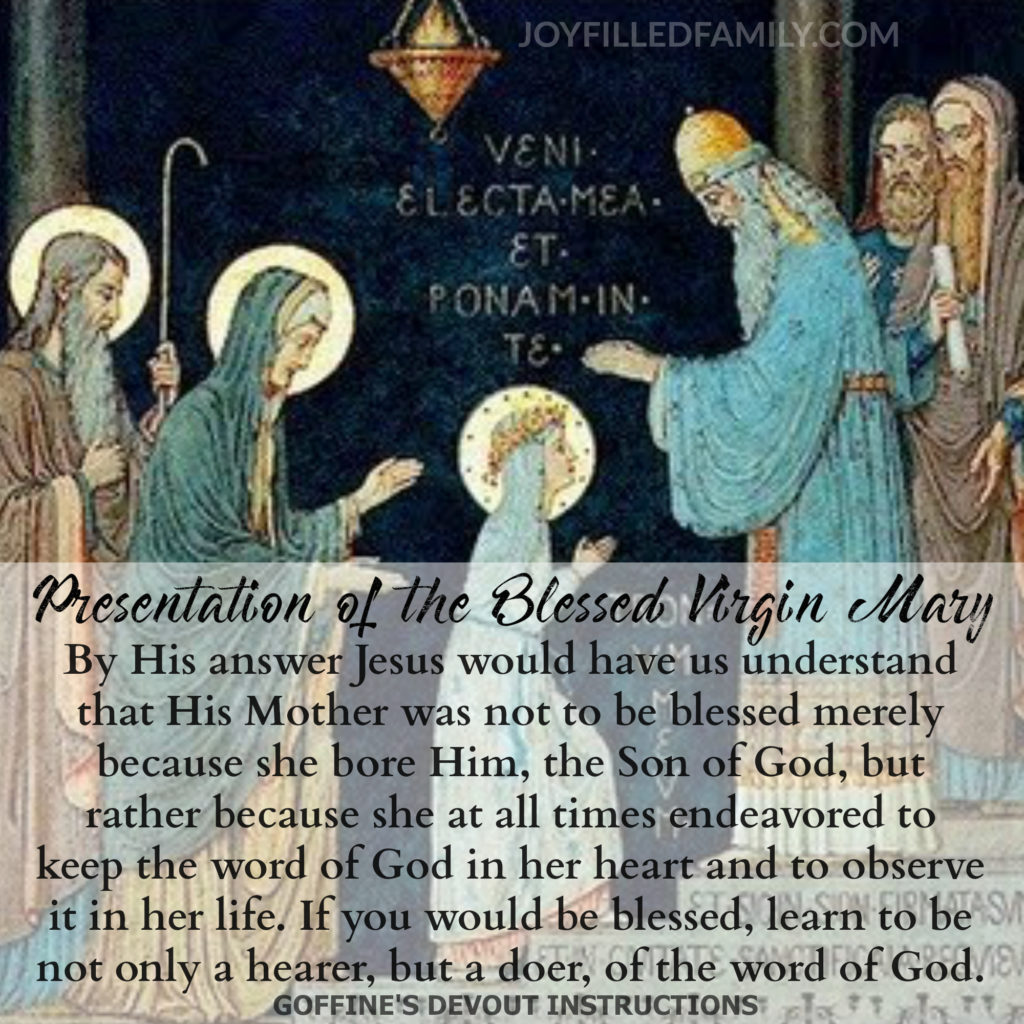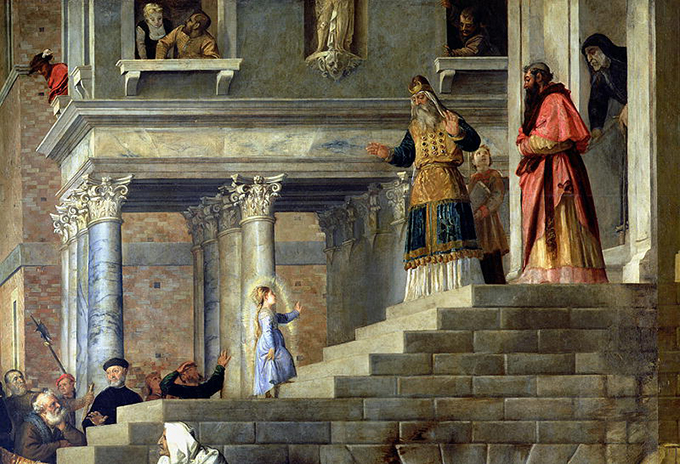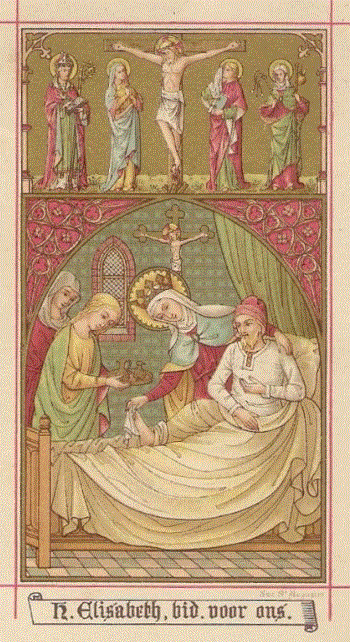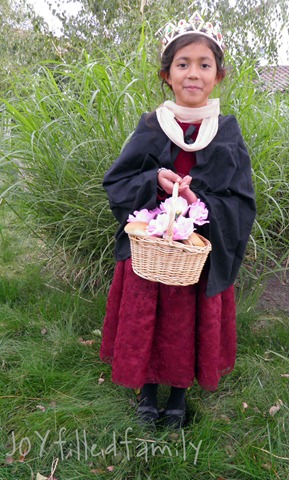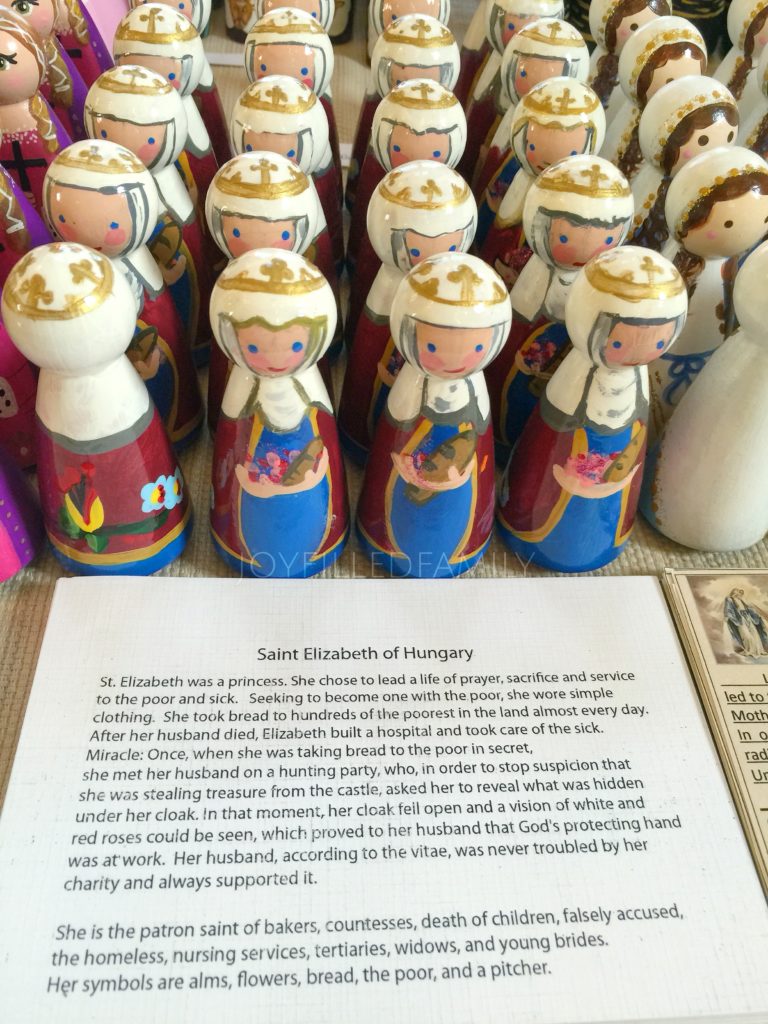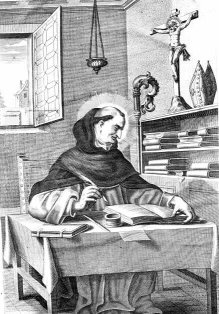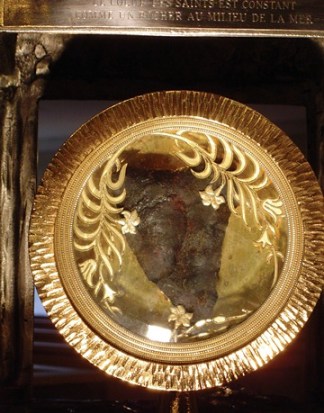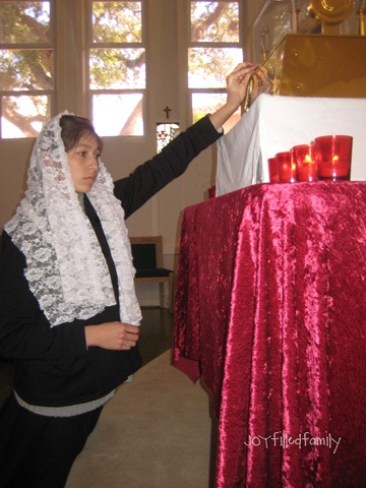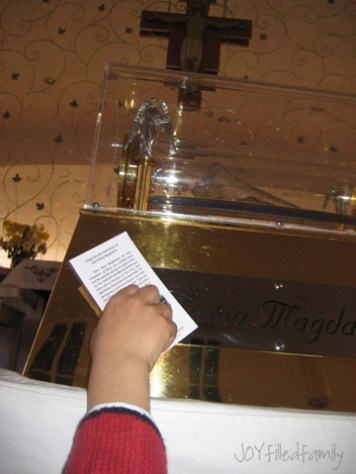Let us all rejoice in the Lord, celebrating a festival day in honor of all the saints; at whose solemnity the angels rejoice, and give praise to the Son of God. Rejoice in the Lord, ye just: praise becometh the upright. ~Introit from
I’m thankful that I can share with so many via Instagram in a way that is most conducive to my season in life but there are certain things I’d prefer them to have a permanent home here. Please excuse me while I share a few blasts from the past.
Why has the Church instiuted this festival?
We are all looking for ways to grow closer to the Saints. Celebrating All Hallows Eve with an All Saints’ Day party is a wonderful opportunity for us to keep our eyes on Heaven, living out the Liturgical Year.
I can’t say them I’m a pro or there’s not a part of me that dreads having to make my children’s saintly dreams come to reality (make the costumes) but it’s all worth it!
Generally, we try to use what we have around the house. This year we upcycled several
Our Parish holds festivities that the parishioners coordinate so we do not have to partake in the secular “celebrations.” The evening starts in Church with the Litany of Saints and procession if the weather permits.
Dragonfly’s costume of St. Martin de Porres was made from inexpensive black material for his cassock which was held together with fusing tape. The white piece was simply a piece of cut fabric. His friendly mouse/rat was a stuffed pet from IKEA. The broom belonged to Rose, a souvenir from a field trip at a local broom factory (before they moved their manufacturing out of the country). St. Martin de Porres is sometimes referred to as the Saint of the Broom for his devotion to his work, no matter how menial. 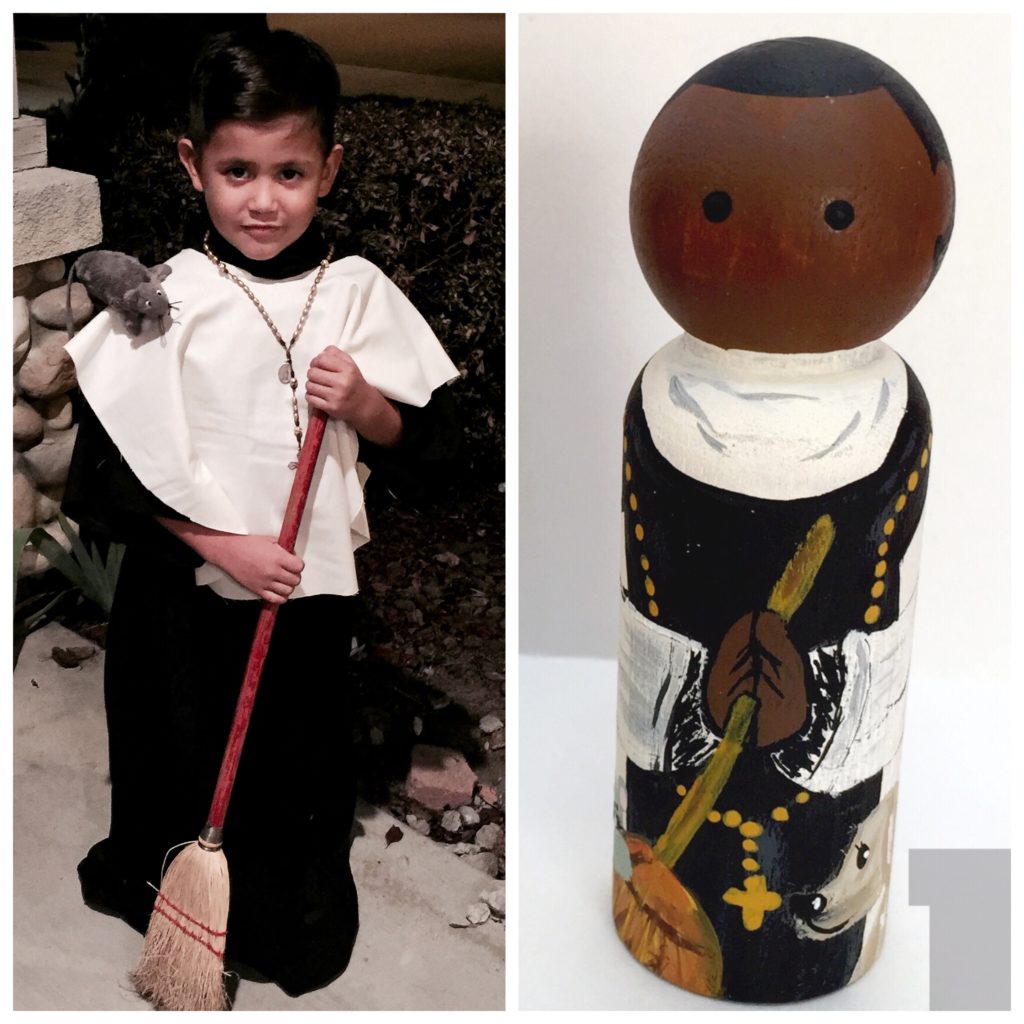
Martin is probably best remembered for the Legend of the Rats. It is told that the prior, who objected to rats, ordered Martin to set out poison for them. Martin did as he was told, but he was very sorry for the rats. He went out into the garden and called softly and out came the rats. He reprimanded them for their bad habits, telling them about the poison. He further assured them that he would feed them every day in the garden, if they would refrain from annoying the prior. This agreed upon, he dismissed the rats and forever after, so the stories go, there was no more trouble with rats at Holy Rosary Convent.
Papi desired to go as Bl. Junipero Serra (who has since gone on to be a saint) as his devotion has grown to him over the years through our pilgrimages which culminate with Mass offered over his tombstone. His cross was made from the painted paint sticks tied to braided scraps of brown fabric. His simple brown robe was made with this technique using inexpensive brown fabric and fusing tape. Papi is wearing a Han Solo robe that Nana purchased for $2 after last year’s Halloween. (She stocks up on Christmas gifts, dress-up clothes, after seasons.) His walking stick was something found at Papa’s house. I had great plans to give him a faux tonsure using nylons but he backed out at the last-minute. 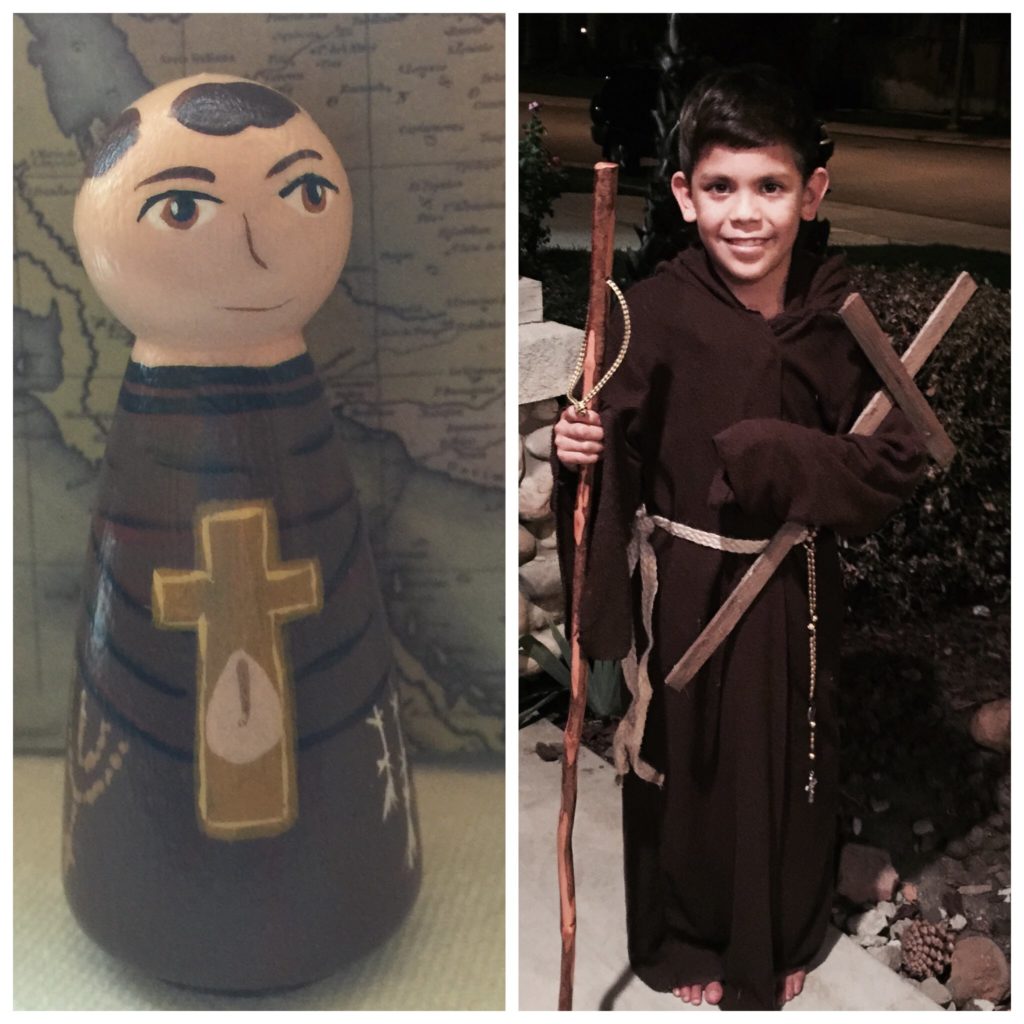
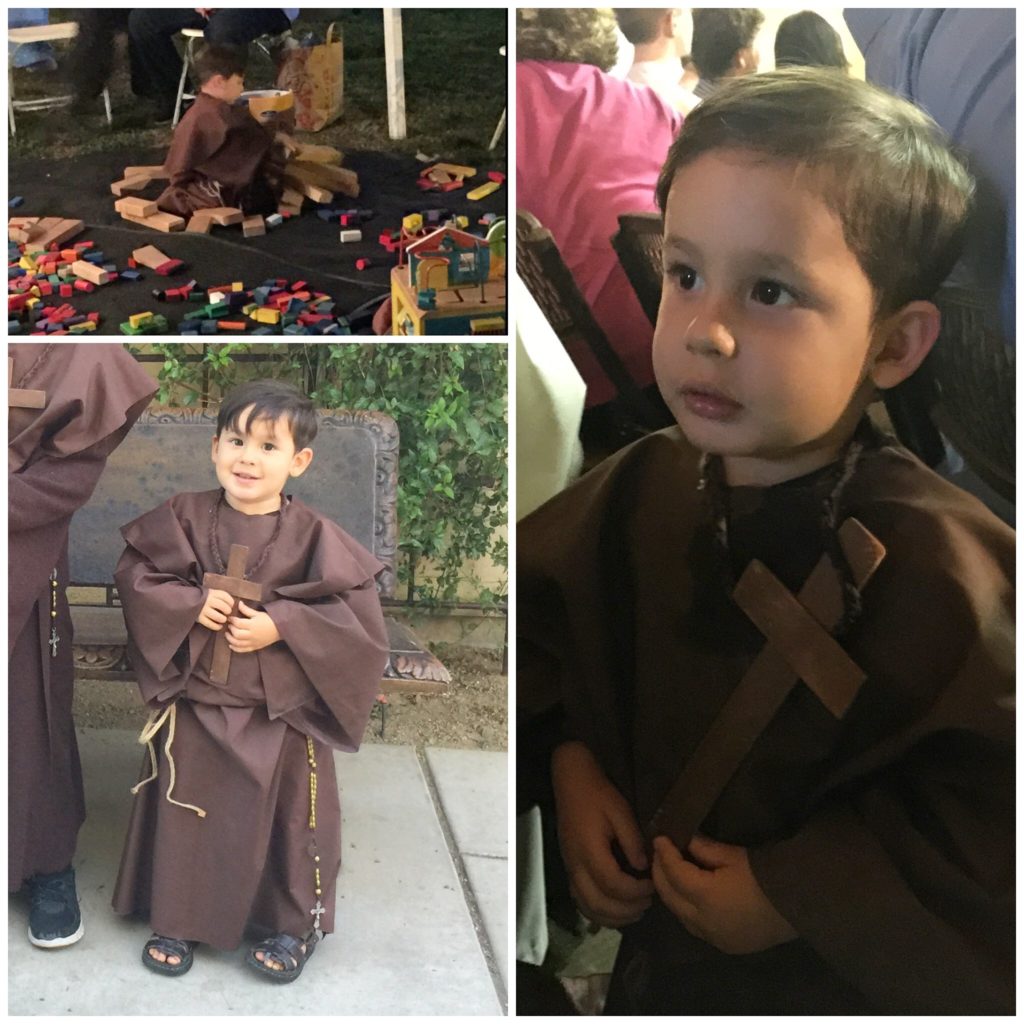
Lil’ Man is also Junipero Serra since he loves to follow his big brother. They’re both wearing twine rope from the Dollar Store and plastic rosaries.
Sparkles chose St. Zita, an easy one for us to put together. She wore her own clothes and we made this apron out of a thrift-store sheet.
Born to a very poor but pious family. At age twelve she became a domestic servant for the wealthy Fainelli family in Lucca, Italy, a position she kept all her life; she looked at it as a way to serve God. She often gave her own food, and sometimes that of her master, to those poorer than herself, which caused her to get in frequent trouble with her employers and the other servants in the house who resented her. However, she did such a fine job she was eventually placed in charge of the house, and entrusted with its keys. Attended daily Mass before beginning her duties, and would go to a nearby monastery to pray in private.
Sparkles chose a saint that shes has admired, St. Maria Gorretti. She wore her own clothes with a scarf from the thrift-store. The lily was homemade with the pictured (above) stick, white and yellow felt, and green floral tape. She borrowed a “knife” from her brother’s collection.
Beautiful, pious farm girl, one of six children of Luigi Goretti and Assunta Carlini. In 1896 the family moved to Ferriere di Conca. Soon after, Maria’s father died of malaria, and the family was forced to move onto the Serenelli farm to survive.
In 1902 at age twelve, Maria was attacked by 19-year-old farm-hand Alessandro Serenelli. He tried to attack the girl who fought, yelled that it was a sin, and that he would go to hell. He tried to choke her into submission, then stabbed her fourteen times. She survived in hospital for two days, forgave her attacker, asked God‘s forgiveness of him, and died holding a crucifix and medal of Our Lady. Counted as a martyr.
While in prison for his crime, Allessandro had a vision of Maria. He saw a garden where a young girl, dressed in white, gathered lilies. She smiled, came near him, and encouraged him to accept an armful of the lilies. As he took them, each lily transformed into a still white flame. Maria then disappeared. This vision of Maria led to Alessandro’s conversion, and he later testified at her cause for beatification.
The children are invited to go on the stage to share something about their saint.
The children enjoy parading around and sharing with all.
This was a favorite saint costume of mine from the evening.
I love the creativity in games offered for the children.
Let us strive so to live, that we may one day be among these chosen ones!
All Saints’ Day Parties from the Past:
- All Saints’ Day 2022
- All Saints’ Day 2021
- All Saints’ Day 2020
- All Saints’ Day 2019
- All Saints’ Day 2018
- All Saints’ Day 2017
- All Saints’ Day 2016
- All Saints’ Day 2015
- All Saints’ Day 2014
- All Saints’ Day 2013
- All Saints’ Day 2012
- All Saints’ Day 2011
- All Saints’ Day 2010
- All Saints’ Day 2009
- All Saints’ Day 2005 – 2009
